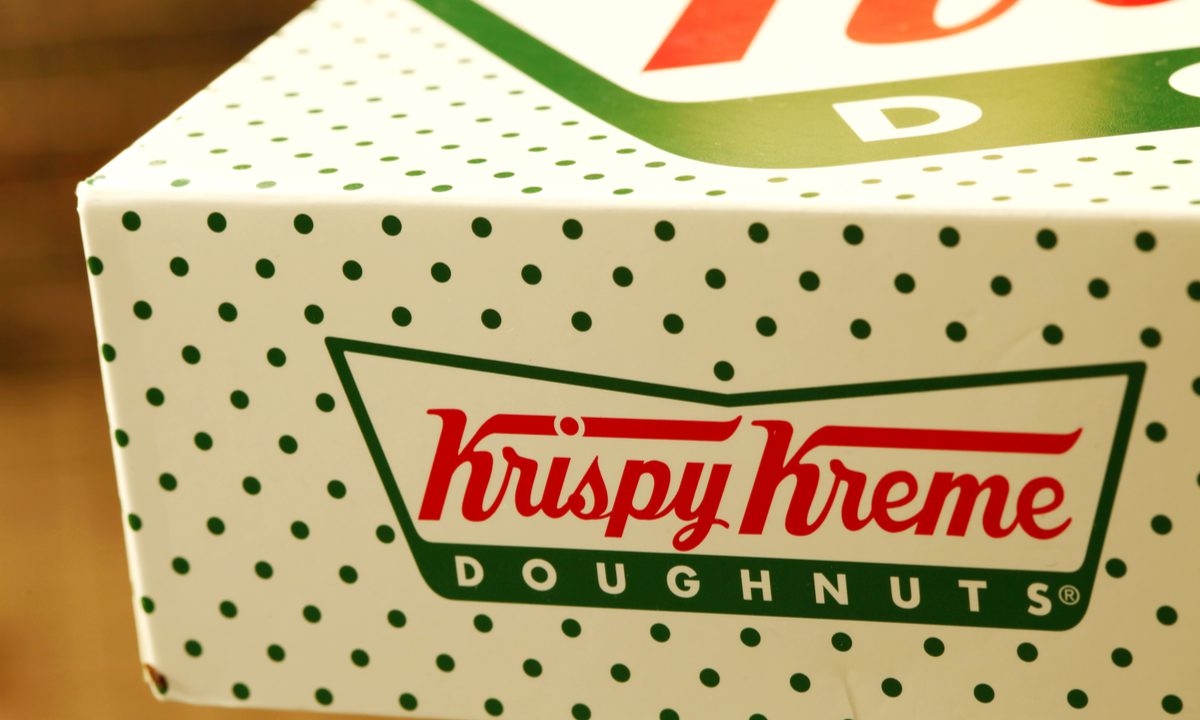Krispy Kreme Looks to Dark Store Model to Drive Delivery Growth

Krispy Kreme is going dark. The Charlotte, North Carolina-based doughnut chain with more than 10,000 locations in over 30 countries, is turning to dark stores (delivery-only locations) to expand its digital presence while limiting spending.
On a call with analysts Tuesday (Feb. 22) discussing the company’s fourth-quarter 2021 earnings, CEO and President Mike Tattersfield discussed the chain’s efforts to expand “access points” for its delivery business.
“After a successful pilot in the U.K., where we have achieved national delivery coverage and more than 50 dark shops, we are now building up capabilities into the U.S. and Mexico markets in 2022,” Tattersfield said. “This will allow us to expand our eCommerce capabilities in a capital-efficient manner in our existing hubs.”
According to data from PYMNTS’ new Restaurant Friction Index, created collaboration with Paytronix, which drew from a survey of more than 500 managers of quick-service restaurants (QSRs) and full-service restaurants (FSRs) across the U.S., nearly all leading restaurants provide delivery options. The study found that 97% of top- and middle-performing restaurants offer delivery, while only two-thirds of bottom performers do the same.
Read more: New Data Show Digital Loyalty Programs Are Key Differentiator for Top-Performing Restaurants
For the full year, 17% of retail sales came in through digital channels, a significant increase from the less than 10% eCommerce sales mix pre-pandemic. The company intends to grow that number to 25% of all sales “over the long term.” The company’s digital sales are lower than many of its competitors. PYMNTS’ study found that 41% of all restaurants’ sales come through digital channels.
“We benefit from the fact that the majority of our eCommerce business comes from directly through our own channels, and we continue to strengthen our capabilities,” said Tattersfield.
He cited the example of a promotion in December that brought in so many digital transaction that overall sales for the day were up 50% year over year.
The study found that restaurants can take advantage of consumers’ hesitancy to pay aggregators’ extra fees to encourage them to adopt direct ordering channels. Those who do not use aggregators’ most-cited reason for steering clear is that they are unwilling to pay third parties’ delivery or service fees.
Another sales channel that has been “coming through” for the brand in recent months, the company’s Chief Operating Officer and Chief Financial Officer Josh Charlesworth told analysts, is drive-thru.
Drive-thru is a high priority for a large share of restaurant customers, according to data from the February edition of PYMNTS’ Digital Divide study, “The Digital Divide Report: Technology As A Catalyst For Restaurant Purchases,” also created in collaboration with Paytronix.
See more: How Eateries Can Tap Order Throttling Tools as Delivery Demand Grows
The study, which drew from a census-balanced survey of more than 2,400 U.S. adults, noted that 38% of consumers say that drive-thru pickup options would encourage them to make restaurant purchases. Additionally, the study found that 49% of restaurants offer the ability to pick up orders at the drive-thru, and 18% of restaurants do not offer the option but plan to invest in the channel going forward.
